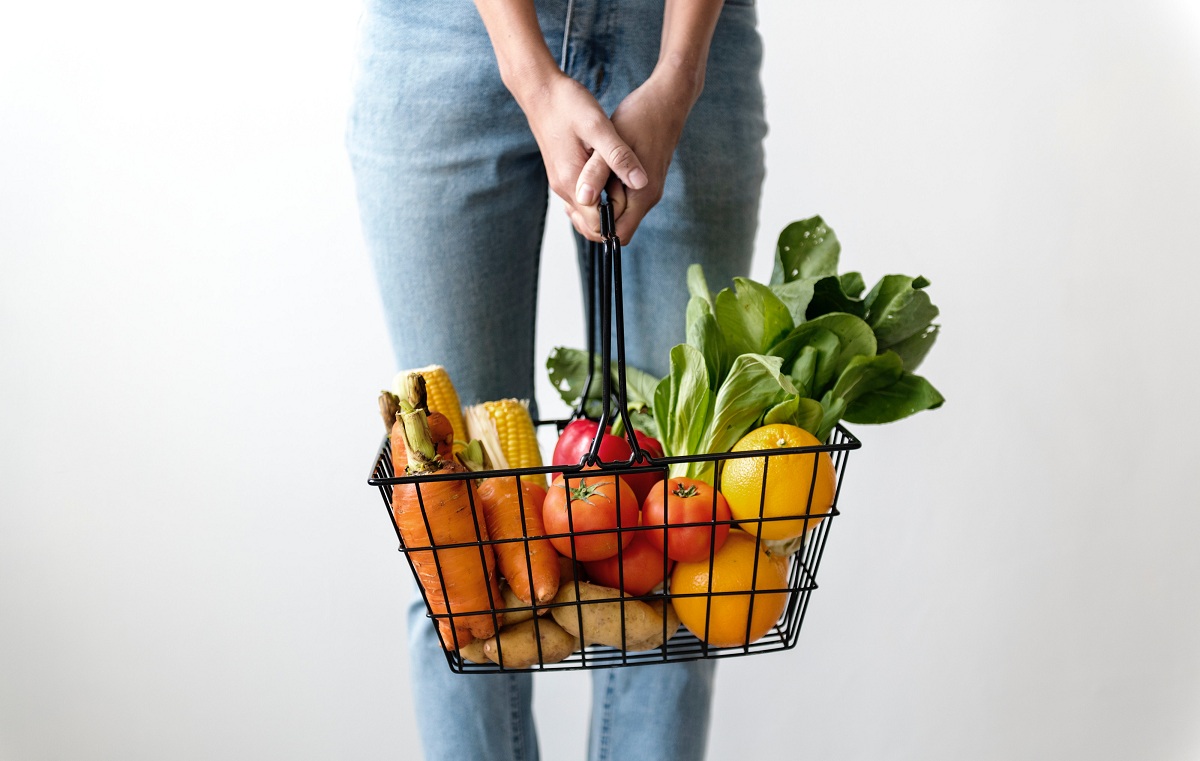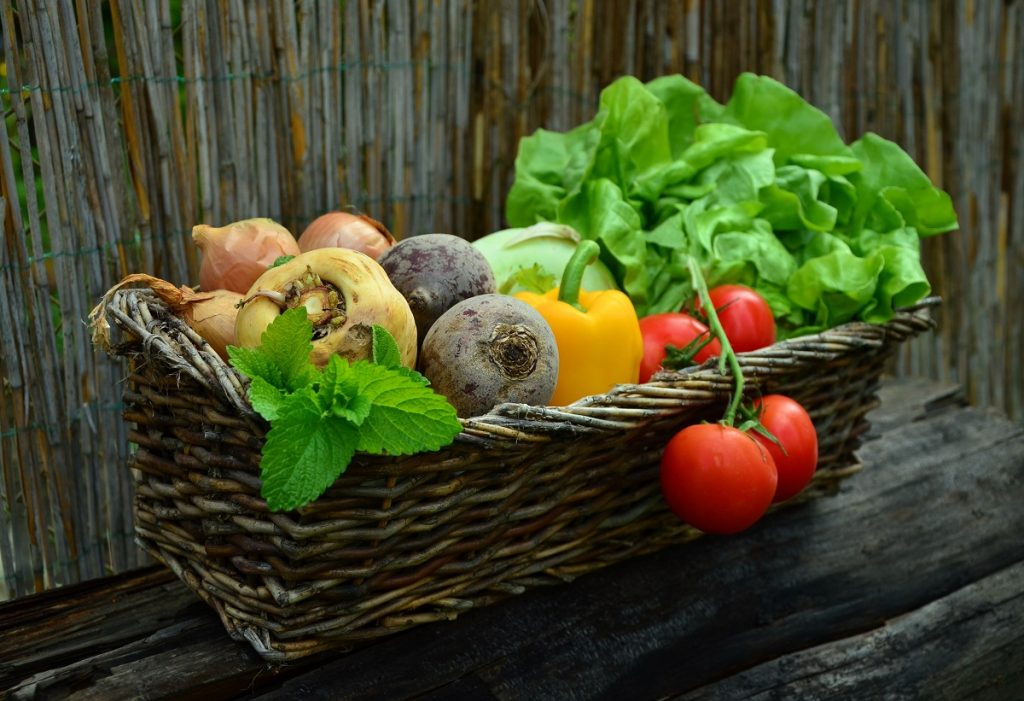Every year, more people want to know who grew their vegetables and where their meat products came from. “Is it sustainable? Is it organic?” are becoming increasingly important questions when it comes to food selection.
Sustainable eating means consuming food or food products that will not compromise the future generations’ food source. It can mean reducing food waste or choosing food that:
- Can be replenished naturally without using artificial inputs like pesticides, fertilizers, and hormones.
- Is produced in eco-friendly ways that not only protect the environment but also help the producers and the growers.
- Is produced naturally, locally, and seasonally.
Why Should We Be Concerned?
As mentioned above, one of the important notes in eating sustainably is choosing locally grown products, which is one of the easiest ways to start your sustainable food journey.
About 28 percent of the US greenhouse gases (GHG) emissions in 2016 comes from the transportation sector. A significant percentage of this can be attributed to the distribution of food. Most of the emissions from the transportation industry consist of carbon dioxide, which is one of the major causes of global warming and climate change.
Meanwhile, about nine percent of the country’s GHG emissions in the same year came from the agriculture sector. One-third of the emissions from this sector comes from methane, a short-lived GHG yet 84 times more potent than carbon dioxide when it comes to trapping heat in the atmosphere.
Looking at these numbers, you can imagine just how much GHG emissions you can prevent by buying local produce, instead of choosing food imported from faraway states and countries.
Sustainable Eating Starts with the Family
While we cannot mandate groceries and markets to sell certain types of food items, we can definitely start changing the demand and supply chain. According to experts, people’s eating patterns dictate what is available in the market.
For example, if a family’s eating pattern consists of locally grown produce, then they will be purchasing those products more often than other items like meat and junk food. If this pattern continues, this will contribute to a bigger demand for local fruits and vegetables, which in turn could make these products more readily available to the public.
Shopping locally is not only healthy and sustainable. It also contributes to the growth of your local economy and the diversity and uniqueness of your community. Just imagine how it would be to move to Fort Lauderdale’s bustling locality.
What Else Can We Do?

Now that you know the importance of buying local foods, which type of food should you actually buy?
First, you have to rethink your grocery list. Make sure that you are not buying in excess, so food will not go to waste.
Second, choose produce that is in season. Apple trees, for example, remain dormant during the winter, yet local markets can be selling them “fresh” at this time. Chances are these apples came from miles away.
Third, eat meat in moderation and reduce junk food. Beef, lamb, processed meats, and dairy-based snacks have the highest footprints and environmental impacts. Instead, go for chicken and pork or fruit-based desserts.
Adopting a sustainable lifestyle can be challenging, especially if you have to say goodbye to many favorite foods. But know that eating sustainably is healthy for the body and for the community.
